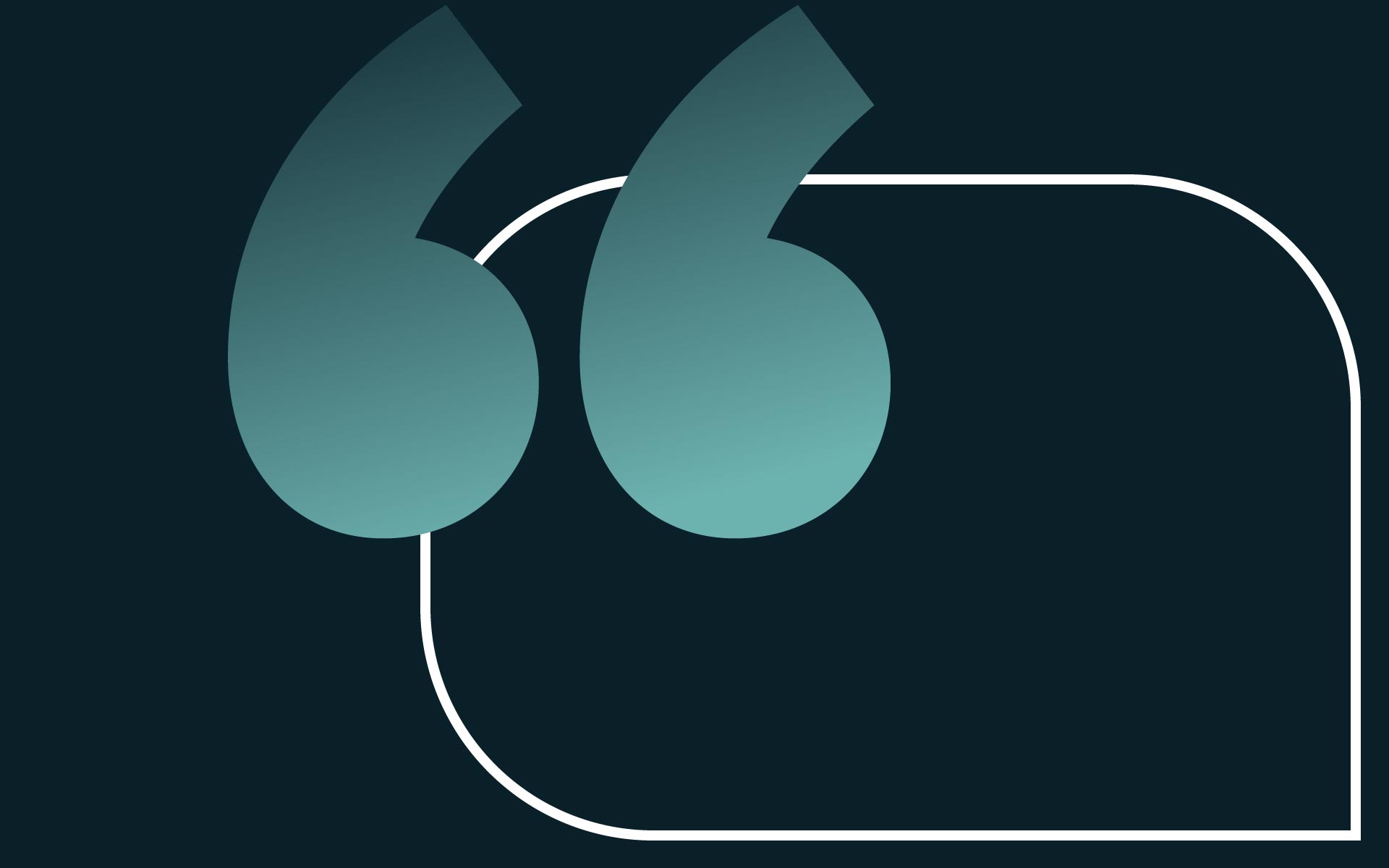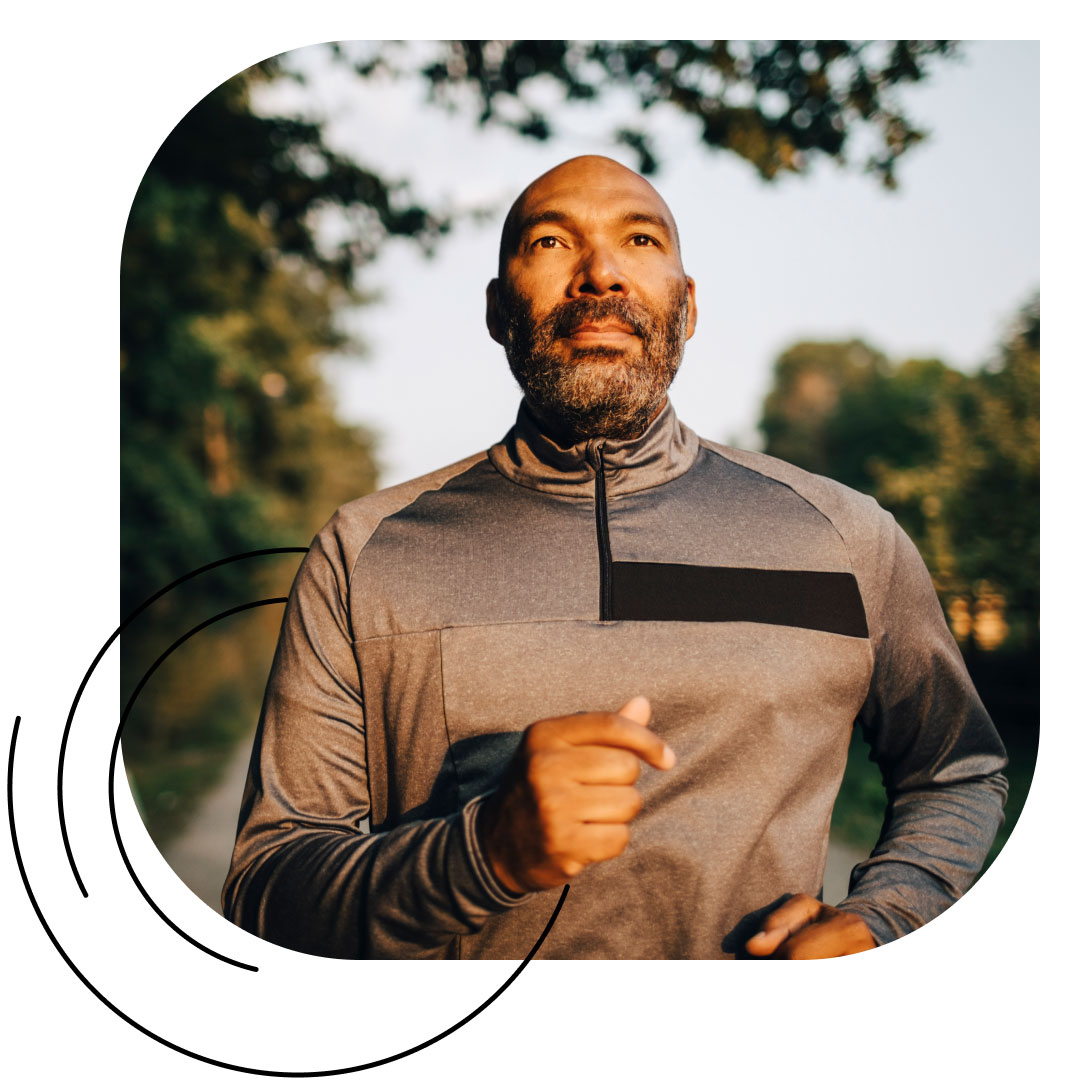
With increasing workforce globalization and the growing importance of employee wellbeing, employers must leverage data and technology to make benefits more personal. Twenty years ago, employers handed workers a health insurance card and that was it. Employees were left to figure out healthcare and benefits systems on their own. All too often, this approach led to higher costs and little to no improvement in health outcomes. Unfortunately, the system has not evolved much over the past two decades. Companies that fail to embrace the movement towards personalization risk falling behind.
In today’s economy, customization and personalization drive success – from curated Netflix content to online ads. Benefits and wellness platforms should take a page from this playbook and leverage personalization to empower employees to use their wellbeing offerings wisely and customize their choices to suit their individual and family needs. Employers that implement technology to individualize health benefits will realize a healthier workforce and better cost-efficiency. This approach reduces wasted expenses for underutilized programs and helps HR leaders maximize usage of popular programs to improve employee wellness.
Two significant trends are driving the increased use of digital platforms for healthcare benefits:
- Globalization: The massive shift to remote work during the pandemic showed employees and employers that location no longer matters. As a result, companies are now hiring people from all over the world, regardless of where the business is located. While this trend opens the door to a much larger talent pool, it also complicates benefits administration. Employers must provide an attractive global suite of benefits, while contending with a vast array of laws and regulations, insurance models, cultural priorities, and more. A digital, personalized system is an absolute necessity for a global company needing to navigate these complexities.
- Importance of employee wellbeing: The pandemic also increased awareness of the importance of overall wellbeing. Employees made it clear they want more than standard, passively-administered health benefits. They want their employer to show they truly care about their workforce by providing benefits and resources around mental health, financial wellness, and work/life balance. Examples include schedule flexibility, childcare coverage, financial counseling, and other resources that are increasingly important to employee wellbeing.
It’s no longer enough to simply provide a range of options. An integrated, personalized, user-friendly experience is essential to addressing employees’ needs. Employers must consider the employee’s journey and experience when navigating health, wealth, and wellness benefits. Consider the annual enrollment process from the employee’s perspective. Do they have time to do a deep dive into detailed handbooks or FAQ sheets that outline the differences between a company’s health care plan benefits? And more importantly, do they have the information and the confidence they need to pick the plan that is right for them and their family?

While many companies offer a wide range of employee benefits across different providers and systems, their people are struggling to make the right choices. The current process makes it extremely difficult for employees to identify what will meaningfully improve their wellbeing, health, or financial outcomes.

Consider the annual enrollment process from the employee’s perspective. Do they have time to do a deep dive into detailed handbooks or FAQ sheets that outline the differences between a company’s health care plan benefits? And more importantly, do they have the information and the confidence they need to pick the plan that is right for them and their family?
One of the largest employers in the United States spent $3 billion on annual enrollment and added 22 new programs in 2021. However, just a fraction of its workforce making $40,000 or less annually – only seven percent – had adequate critical care coverage. Employees had to sift through 22 options to determine what was relevant to them. To make matters worse, those employees who were the most financially vulnerable had the weakest healthcare safety net.
Employers should move toward solutions that integrate all the different benefits systems and guide the process for employees by relying on data and artificial intelligence. The platform should be able to look at the employee’s personal background and profile, ask a few questions, then use that data to provide a strong recommendation. The technology is already out there, Employers must simply lean into it and be more intentional.
Companies also must take more creative approaches to their benefits programs. We’ve worked with one global manufacturing company to create a “marketplace” for its workforce. Each employee receives a pre-paid debit card to spend on the company-sponsored benefits that best fit their needs. They may use some of the money to cover the cost of education for themselves or their kids, make additional contributions to their retirement account, or use some other wellness benefit.
Companies must reimagine their wellbeing benefits to be more integrated, creative, user-friendly, and above all, personalized. This evolution will result in better outcomes for employees, while also improving cost efficiencies and the bottom line. Now is the time for the C-Suite to look across its workforce, assess what employees need as individuals, and implement technology to create a stronger, healthier employee experience.


